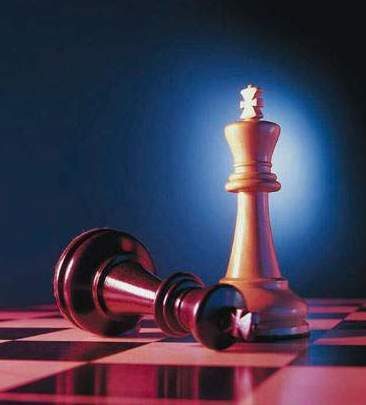 A flow chart, also called Flowchart, is a visual display of a line of action steps involving a certain process. That is, the flow chart consists of represent graphically, situations, events, movements and relationships of all kinds from symbols.
A flow chart, also called Flowchart, is a visual display of a line of action steps involving a certain process. That is, the flow chart consists of represent graphically, situations, events, movements and relationships of all kinds from symbols.
Basically, the flow chart makes the analysis of a certain process much easier to identify, for example, the inputs of the suppliers, the outputs of the customers and those critical points of the process.
Typically, the flowchart is used to: understand a process and identify opportunities to improve the current situation; design a new process in which those improvements are incorporated; facilitate communication between the people involved; and to disseminate in a clear and concrete way information about the processes.
One of the characteristics of flowcharts is the use of symbols to represent the various stages of the process, the people or sectors involved, the sequence of operations and the circulation of documents and data.
Among the most common symbols are: ellipse-limits (identifies the beginning and end of a process), rectangle-operations (represents a stage of the process; both the name of the stage and the person in charge of executing it, are inscribed within the symbol), square cropped underneath-documents (document resulting from the corresponding operation; the corresponding name is noted inside) and rhombus-decision (It represents the point of the process at which a decision must be made. The question is inscribed within the rhombus and two arrows coming out of it show the direction of the process based on the real answer.
There are different types of flowchart: according to the form (vertical, horizontal, panoramic or architectural), by the purpose (form, labor, method, analytical, space, combined).









